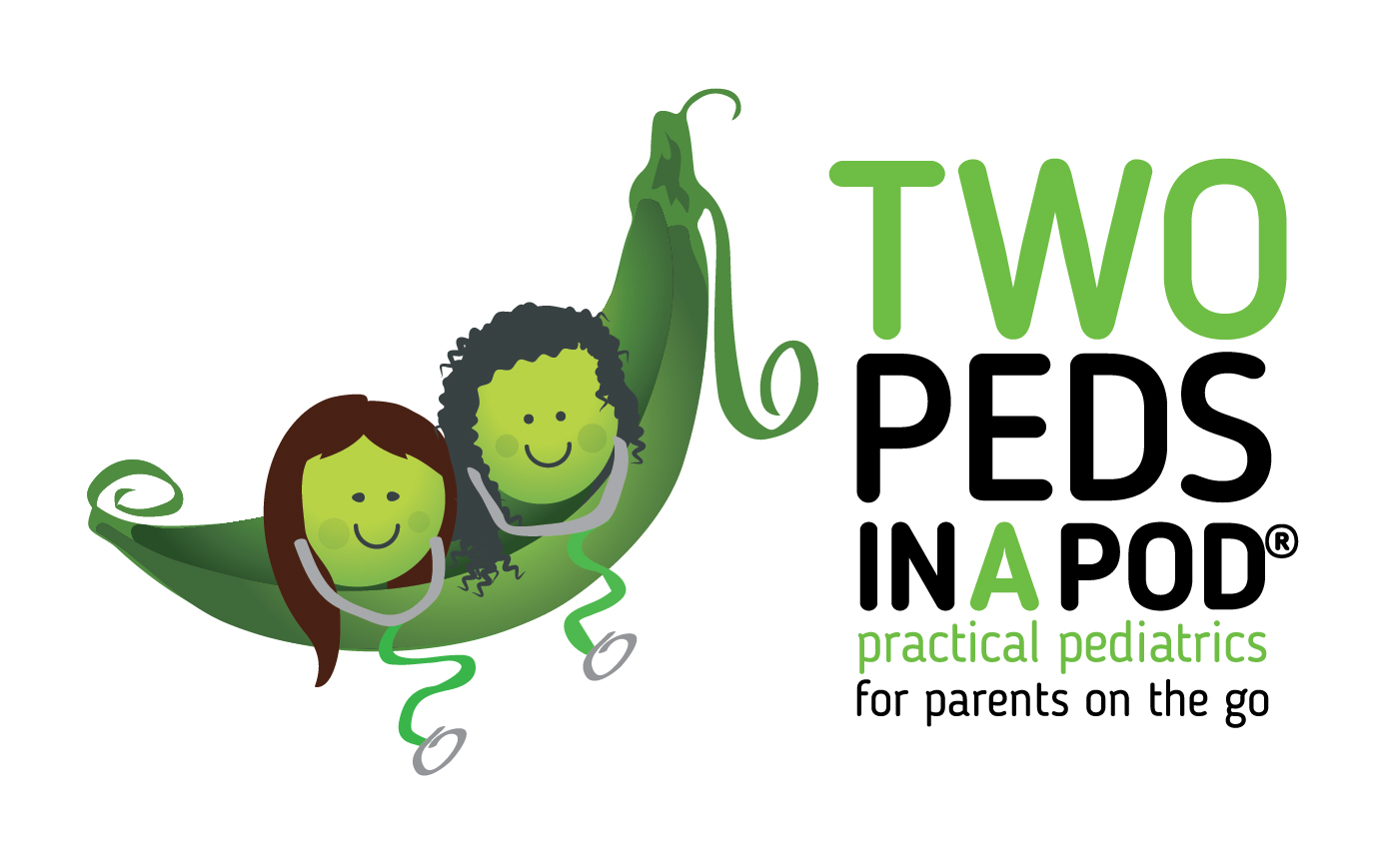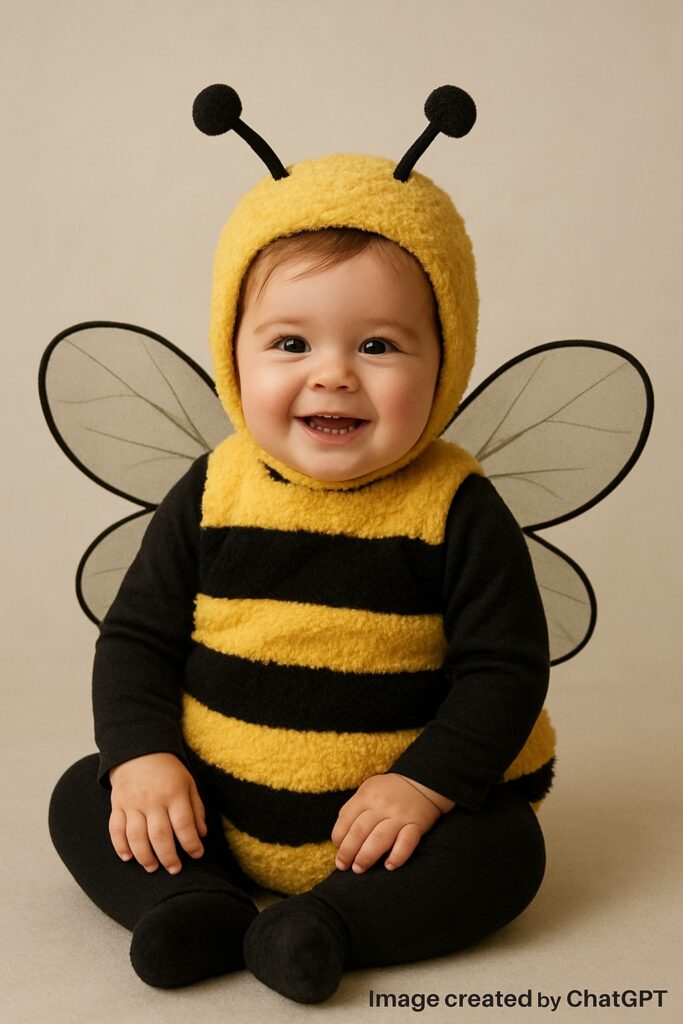As Drs. Kardos and Lai can attest, even a pediatrician’s child does not always approach the prospect of an immunization with a grin on their face. When Dr. Lai’s daughter was two years old, she thanked her nurse for her flu vaccine by giving her a surprise punch. Here are ways you can take away the sting of a needle if your child is afraid of vaccines.
Set the stage
Your child looks to you for clues on how to act. If mommy and daddy are trembling in the corner of the room, it will be difficult to convince your child that the immunization is “no big deal.” Do avoid a weeks-long build up. Simply announce to your child right before you leave to get the immunization, ”We are going to get an immunization to protect you from getting sick.”
Avoid the apology
Avoid saying “I’m sorry.” Say instead, ”Even if this is tough, I am happy that this will protect you.”
Never lie
If your kid asks “Will it hurt?” say “Less than if I pinch you.”
Watch your word choice.
Calling an immunization “a shot” or “a needle” conjures up negative images. Avoid negative statements about injected vaccines. We cringe when parents in the office threaten their children with, “If you don’t behave, then the doctor will give you a shot.” Remember, shots protect against deadly diseases and are not punishments for children.
Kids talk
Be aware that kids, especially those in kindergarten, love to scare each other with tall tales. Ask your child what they have heard about vaccines. Let children know that Johnny’s experience will not be their experience. Clamp down on the older sibling who is teasing their younger one. Instead, enlist the older sibling to help quell any nerves.
The moment is almost here
Pack some of the tools you use at home to calm your child. A favorite book or stuffy is comforting. Have your child practice breathing slowly in through her nose and blowing out worries through her mouth. For the younger children, bring bubbles or a pin wheel for your child to blow during the immunization. In a pinch, rip off a piece of the exam paper from the table in the room and have your child blow the paper.
The moment is here
Holding something very cold, placing a cold pack on your child’s arm around the area to be vaccinated, or placing a cold pack on the NON-vaccine arm can distract your child’s brain from feeling the pain of an injection. Some children prefer to look at the vaccination process, while others prefer to look away. Either way is fine.
Tell your child to count backwards from 10
It will be over before your child says the number seven.
Have as much direct contact with your child as possible.
The more surfaces of their body you touch, the less your child’s brain will focus on the injection. By touching your child, you are also sending reassuring signals to him. For the younger child, if he is on the exam table, stay close to his head and hug his arms, or have him on your lap. Holding him firmly will make him feel safe and will prevent him from moving during the injection. Movement causes more pain or even injury.
For the older child and teens, hold their hands. We sometimes see parents of older teens and college students leave the room. However, even big kids may need company during vaccines.
After the drama is over
Have your older child sit quietly for a moment. As the anxiety and tension suddenly fall away, the body sometimes relaxes too suddenly and a child will start to faint. This phenomenon seems to happen most often with the six foot tall stoic teenage boys, but we’ve also seen teen girls and some younger kids get a bit light-headed. If your child becomes pale (or green), have them lie down for a few minutes until they feel better.
Compliment your child
Remind them that their vaccine will keep them from getting severely sick and allow them to see their friends, play their sports, and attend school.
For more tips click here.
Someday all immunizations will be beamed painlessly into children via telepathy. Until then, we have no advice on how to take the sting away from the punch of a two year old.
Naline Lai, MD and Julie Kardos, MD
©2025 Two Peds in a Pod® revised from 2014




